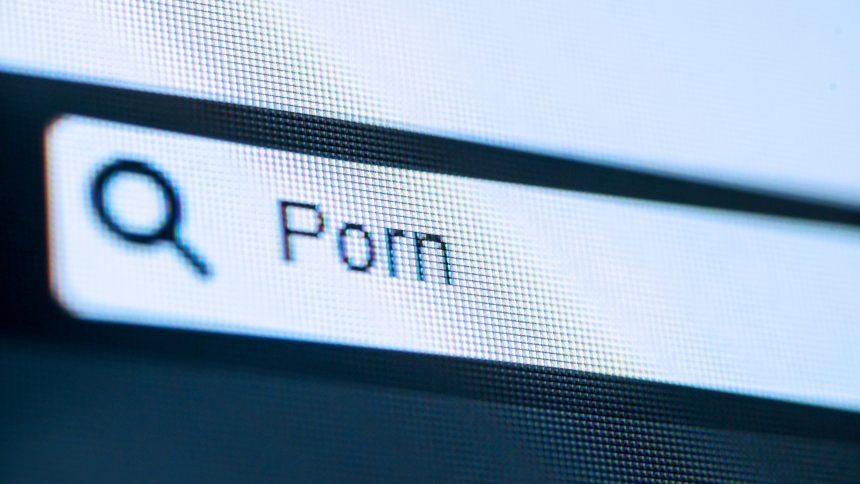Visiting Porn Sites May Put Your Computer at Risk of a Malware Infection
Malware is one of the biggest threats that online users face. It is malicious software that can cause all kinds of problems, from data theft to system crashes. Unfortunately, people often believe that they are relatively safe if they don’t use shady websites or download pirated software. However, the truth is that there are other ways to get infected with malware, and one of the ways to become a victim of malware infection is by visiting certain adult entertainment or pornography sites.
According to the “Explicit Content and Cyberthreats: 2019 Report” by Securelist published last year, more than 100,000 users were affected by porn-related malware on PCs in 2019, and almost 43,000 users were affected via mobile. It should be pointed out here that the mobile malware attacks that spread through porn sites more than doubled in a year from 2018 to 2019.
People infected with malware from going to porn sites may call the infection a “porn virus,” and they might search it on the web as so. However, it doesn’t necessarily have to be a genuine virus. More often than not, users get infected with Trojans and other similar threats when they visit adult websites. Thus, the term “porn virus” means that users got affected when they visited certain porn websites, but it does not tell exactly what kind of infection entered their computer. Nevertheless, it shows the potential risk of getting infected with malware when browsing porn sites.
While most of the adult entertainment industry is clean of malicious software, there are many big-name adult websites containing malware. Even worse, the malware is often hidden from the user, meaning you may not even know that you’re infected until it’s too late.
Once infected, your computer will display a variety of symptoms. Browser redirects and interruptions are some of the most common symptoms. You may also encounter many error messages and warnings claiming that your computer has been infected with some form of malicious code. Malware can also stop processes, crash applications, change your computer settings, create malicious registry entries, and create unwanted files and folders on your computer.
One of the most visible symptoms of a porn site-related malware infection is that it may affect your computer’s performance. Gradually, computer users exposed to malware from malware-laced porn sites will find that they no longer have access to many of their own files and applications.
While manual malware removal is possible, it is not readily achievable for everyone and often requires advanced computer skills. Removing the malware involves stopping its memory processes in the Task Manager, deleting all associated files and reverting any Windows registry changes and entries made by the threat. Fortunately, most genuine and reputable security programs should remove malware brought on by unsafe porn sites. But to avoid future porn-related computer infections, it is recommended to exercise caution whenever you visit pornographic websites. In addition, make sure to practice caution and exercise good web-surfing habits like avoiding clicking unknown links and keeping your OS up-to-date so that various system vulnerabilities do not get exploited by malware.
If you are still having trouble, consider contacting remote technical support options.





